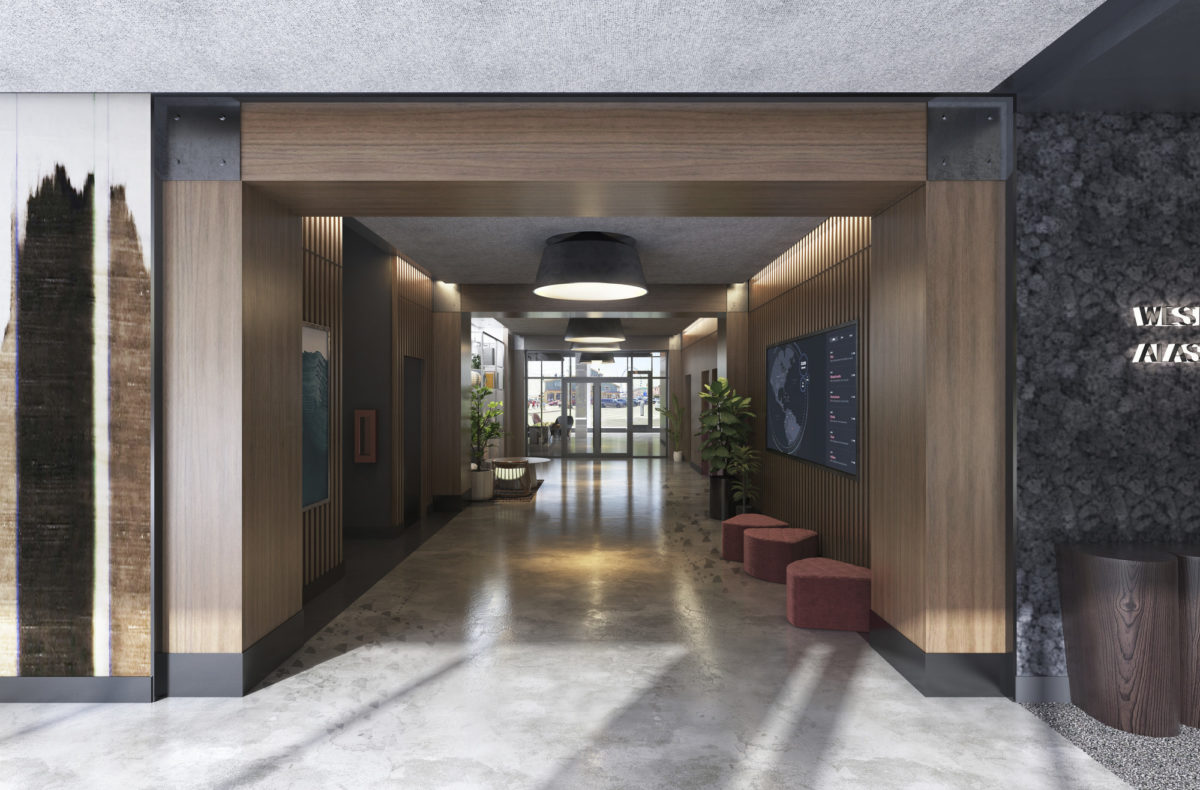Automated doors and hands-free sinks: the little changes we’ll see after COVID-19
April 17, 2020 / Seattle DJC
We use cookies to help you navigate efficiently and perform certain functions. You will find detailed information about all cookies under each consent category below.
The cookies that are categorized as "Necessary" are stored on your browser as they are essential for enabling the basic functionalities of the site. ...
Necessary cookies are required to enable the basic features of this site, such as providing secure log-in or adjusting your consent preferences. These cookies do not store any personally identifiable data.
Functional cookies help perform certain functionalities like sharing the content of the website on social media platforms, collecting feedback, and other third-party features.
Analytical cookies are used to understand how visitors interact with the website. These cookies help provide information on metrics such as the number of visitors, bounce rate, traffic source, etc.
Performance cookies are used to understand and analyze the key performance indexes of the website which helps in delivering a better user experience for the visitors.
Advertisement cookies are used to provide visitors with customized advertisements based on the pages you visited previously and to analyze the effectiveness of the ad campaigns.
April 17, 2020 / Seattle DJC

Kimberly Frank, interior design principal at GGLO, expects post-pandemic multifamily projects will have more plumbing and lighting fixtures that switch on and off automatically, much like in health care settings, along with easier-to-clean surfaces and wall materials with less grooves where viruses and germs can infiltrate.
Frank, who designs for a lot of multifamily, said it is unlikely corridors in those projects will become wider for distancing as that space does not drive rents. But there may be a higher demand by residents to work in their apartments, in the building’s lobby, coffee shop and in coworking or other amenity spaces. This could encourage developers to focus on the ergonomics of those spaces and to include technology that better brings people together virtually, she said.